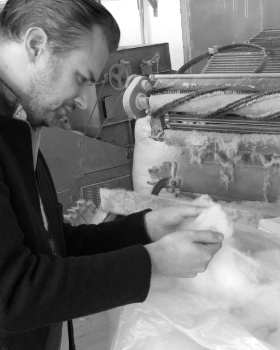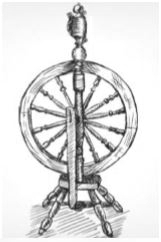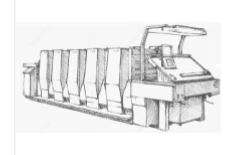Cashmere & Production
We know and appreciate our partners and resources
About Our Cashmere
The quality of cashmere can be defined by two aspects: Average fibre length and average fibre diameter. Due to the chemical treatment of lower quality garments you will often not feel the difference when you buy it. Only when you wear and wash it, you feel the difference. High quality cashmere becomes softer and pills less over time. Low quality cashmere becomes less soft as the chemicals dilute with every wash.
Cashmere garments are known for their durability and longevity. High-quality cashmere items can last for many years, reducing the need for frequent replacements and reducing overall consumption. Cashmere is biodegradable, which means it decomposes naturally over time. Unlike synthetic fibers, cashmere won’t contribute to plastic pollution in landfills or oceans.

HENRY CHRIST cashmere goats live on the mountain plateu. Due to drastically changing temperatures (from -45°C to +50°C) and harsh winters in this region, these goats produce the world’s best cashmere.

Our goats are carefully combed and not shorn. This preserves the well-being of the animal and enables longer cashmere fibres, which lessens any pilling. We comb the cashmere from younger goats that have finer hair.

We comb our cashmere 16 times to keep only the best fibres. This results in less than 100 grams from a single cashmere goat. The less combing, the higher the proportion of short and rough hairs.

Next we color the yarn, spin it and knit it with German knitting machines. Our high quality fibers do not need chemicals, silicons nor softners in order to feel soft. They are soft by nature and pill less.
The Production Process
Designing
- Hamburg, Germany
Weaving
- Italy

Spinning & Dying
- Inner and Outer Mongolia

Printing
- Italy
Knitting
- Inner and Outer Mongolia
Sewing
- Portugal


